We already know how special north Norfolk is with our breath-taking coastline, nature-rich landscapes and stunning countryside. But don’t take our word for it! Here’s ten completely unique things about north Norfolk. Come and discover them for yourself!
The Royal Country Retreat. North Norfolk is home to the Royal family’s country retreat, Sandringham; their only private home and estate in England. And when unoccupied by Royalty, Sandringham is open to the public!
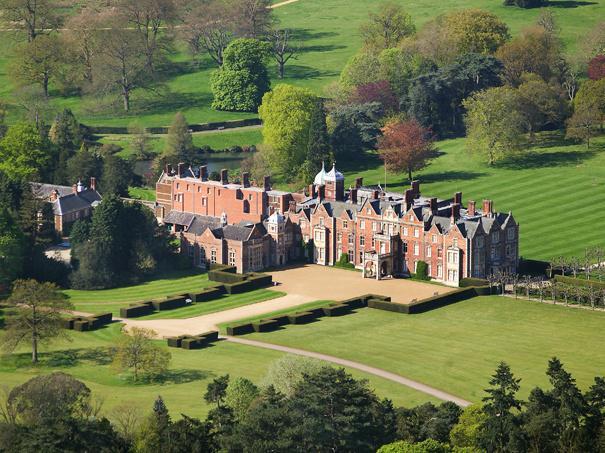
Round Tower Churches. Norfolk has 120 round tower churches, more than three times the number than any other county. Built in the 100 years after 1050, it is thought round towers were built for cultural reasons, at a time when Norfolk had strong trading links with the Baltic and North Sea communities.
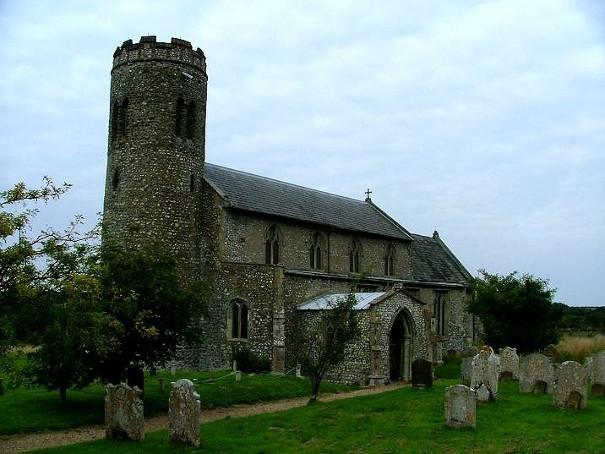
Cromer Chalk Reef. The Chalk Reef, off Cromer and Sheringham, is the world’s longest chalk reef, at over 20 miles, and is more than 100,000 million years old, created in the Mesozoic Era when dinosaurs roamed. It’s part of the same chalk stream as the White Cliffs of Dover, providing feeding grounds for crabs and lobsters, which is why Cromer crabs are so tasty.
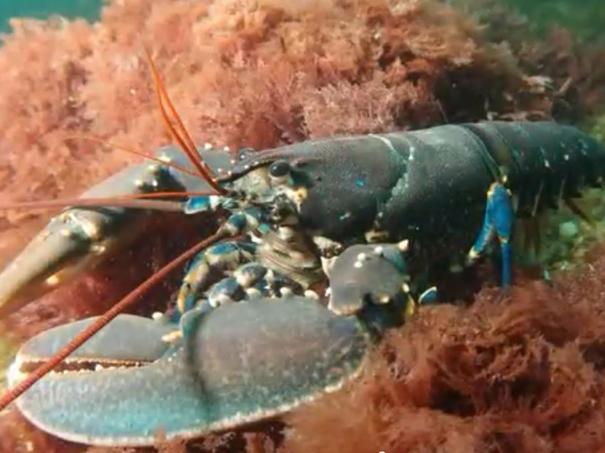
Nelson's Birthplace. Horatio Nelson was born in Burnham Thorpe, where his father was rector, and he learnt to sail at nearby Burnham Overy Staithe. Nelson of course went on to become the greatest naval commander this country has ever seen.
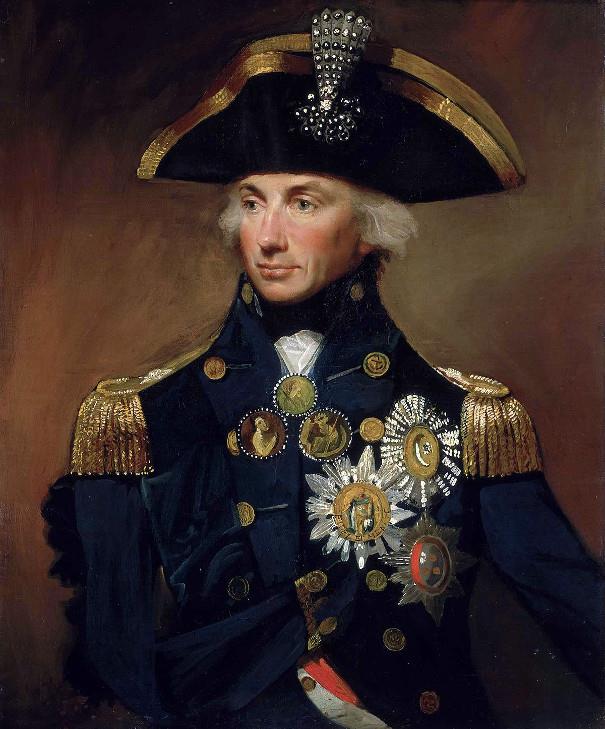
The Blickling Pyramid. It’s quite unusal to find a pyramid in north Norfolk, but you can find one here! Built as a mausoleum, in 1794 for the 2nd Earl of Buckinghamshire, the pyramid can be seen in the Great Wood at the National Trust’s Blickling Estate, which was the birth place of Anne Boleyn.
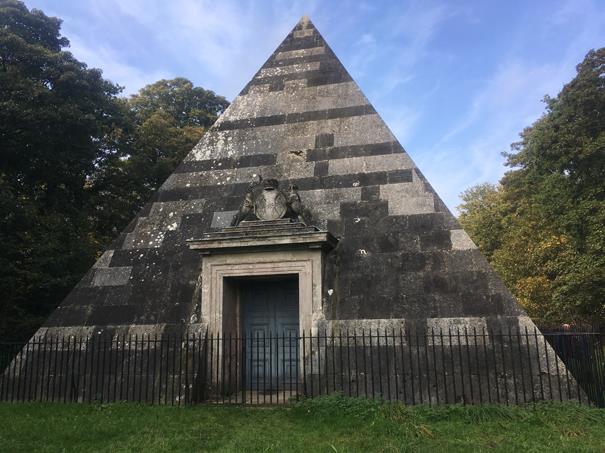
The Largest Seal Colony in England. Blakeney Point is home to the largest seal colony in England with the arrival of thousands of pups in recent Winters. The colony is made up of Common and Grey seals. Common seals have their young between June and August, and the Greys between November and January. They are fed on their mother's milk for three weeks before heading into the sea for the first time.
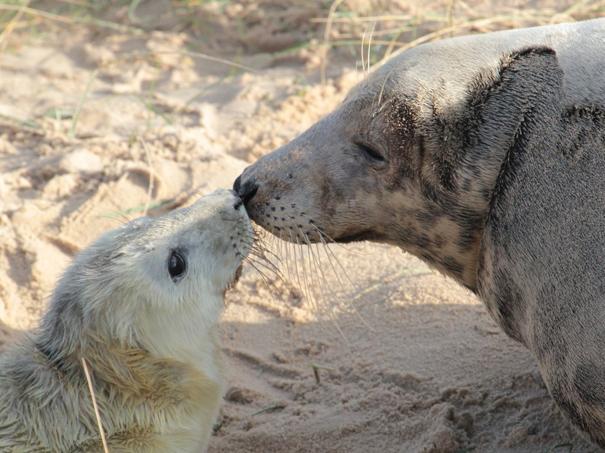
Dark Skies. North Norfolk is one of the few places in the UK where you can see the northern lights, or aurora borealis. Kelling Heath and Wiveton Downs, both have Dark Sky Discovery Status, which means the area is unaffected by light pollution. Both have the highest accolade of being designated ‘two star’ sites - where the seven stars of the Orion constellation and the Milky Way are visible to the naked eye.
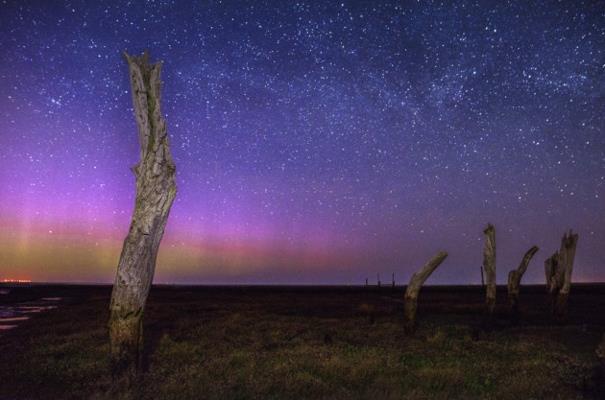
The Broads National Park. The Broads is a National Park unlike any other, as they are man-made. This was discovered by Dr Joyce Lambert in the 1950s when she found that the banks of the Broads were straight, unlike ordinary lakes. The Broads are a result of medieval pete diggings, which have created over 125 miles of navigable waterways - more than Venice or Amsterdam, and are home to more than a quarter of the rarest wildlife in the UK.
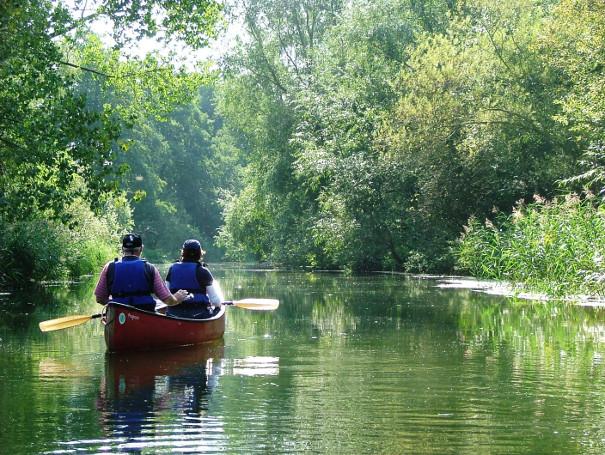
Deep History Coast. The stretch of coast from West Runton on the north coast of Norfolk to Happisburgh on the east, has earned the name the 'Deep History Coast' because of three historical, unique discoveries. The largest most complete mammoth skeleton in the world was uncovered in the cliffs at West Runton Beach. In Happisburgh, a 550,000-year-old flint axe and the foot prints of the first people ever to come to Britain across the land bridge from Europe, was the earliest evidence of man found outside the Great Rift Valley in Africa!
The Only End-of-Pier Show. The Theatre Pavilion on Cromer Pier, is the world’s last end-of-pier theatre! It hosts concerts throughout the year, as well as the famous summer and Christmas variety shows.
.jpg)
Related
Comments
Comments are disabled for this post.






